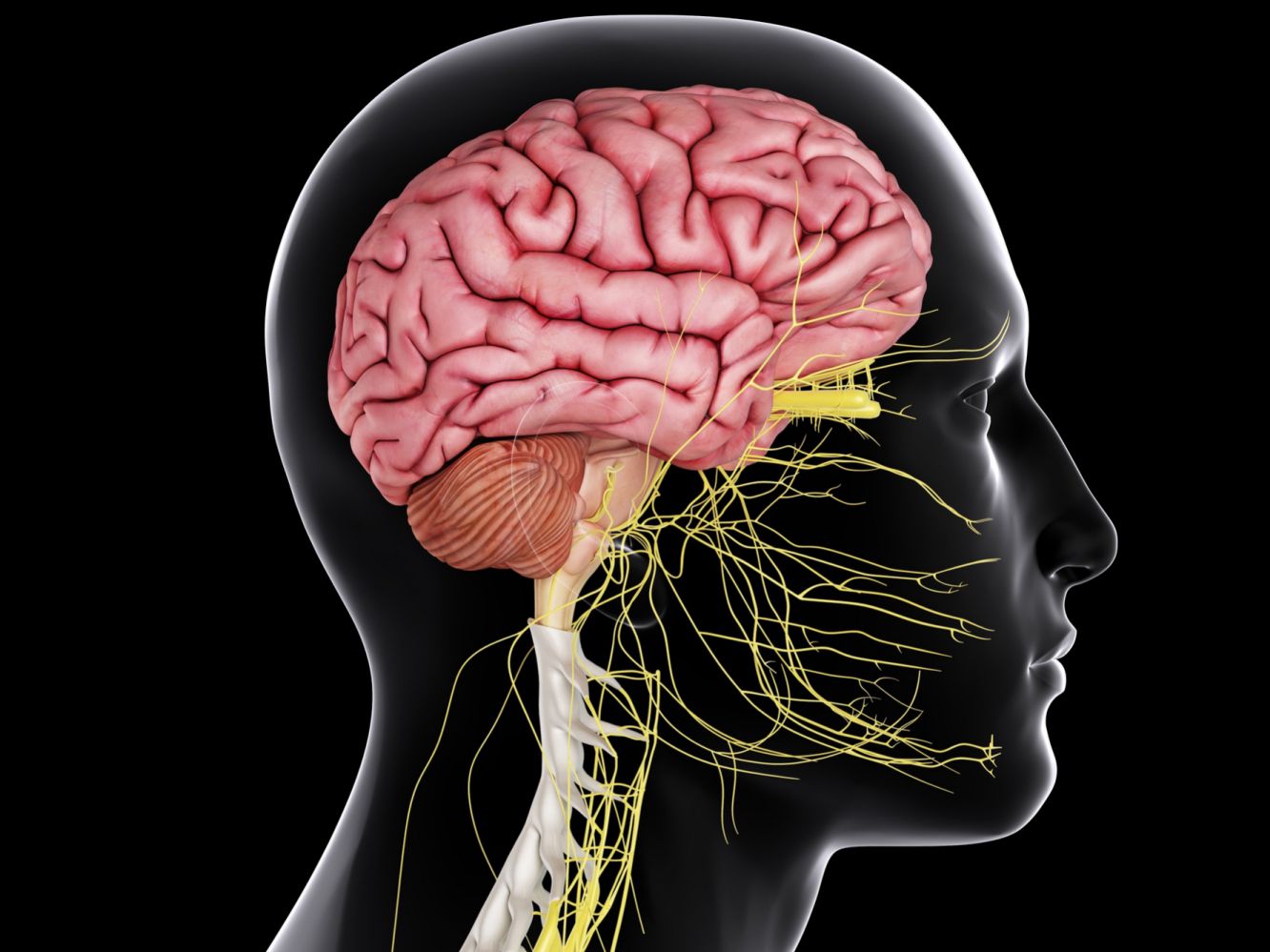Children in the UK are one of many groups taking the brunt of psychological trauma caused predominantly by the corona virus measures put in place by the UK government during the pandemic.
Both the mental health effects and damage done to the education of young people by repeated lockdowns across the world have been points of concern for a number of governments, but the two have not often been combined in public discourse.
However, Dr. Tali Shenfield, Clinical Director of Toronto’s Advanced Psychology Services Centre, believes that the threat to the mental health of young people could be one of the most serious and lasting effects of the pandemic period.
Though young people face only a small risk of becoming ill with COVID-19, research indicates that they’re disproportionately affected by public health measures intended to curb the spread of the virus.
As early as May 2020, the UN warned that today’s youth could become a “lockdown generation” as a result of experiencing extreme social, educational, and professional disruption during pivotal points in their lives.
With the second wave now in full force, fresh lockdowns are further threatening the mental health of children, adolescents, and young adults. Without better support, experts fear that young people will continue to carry a heavy psychological burden long after the pandemic is over.
Despite Sweden’s having kept schools and preschools open, we found a low incidence of severe Covid-19 among schoolchildren and children of preschool age during the SARS-CoV-2 pandemic.
Among the 1.95 million children who were 1 to 16 years of age, 15 children had Covid-19, MIS-C, or both conditions and were admitted to an ICU, which is equal to 1 child in 130,000. No children died.
With the WHO ( world health organisation ) writing the script for our defence against the pandemic, one would hope for clear and concise measures to keep confusion and panic down to a minimum.
A recent update from the WHO may provide some insight into the recent surges of positive lab results we have seen here in the UK.
The design principle of RT-PCR means that for patients with high levels of circulating virus (viral load), relatively few cycles will be needed to detect virus and so the CT value will be low.
Conversely, when specimens return a high CT value, it means that many cycles were required to detect virus. In some circumstances, the distinction between background noise and actual presence of the target virus is difficult to ascertain. [1].
In September 2020, the UN reported that lockdowns so far had pushed an additional 150 million children into poverty besides also depriving them of education and basic health services. [2]
It is time to stand up and demand transparency and real science, so that we do not fail a whole generation of children and young adults. [3]
Source: New Europe














